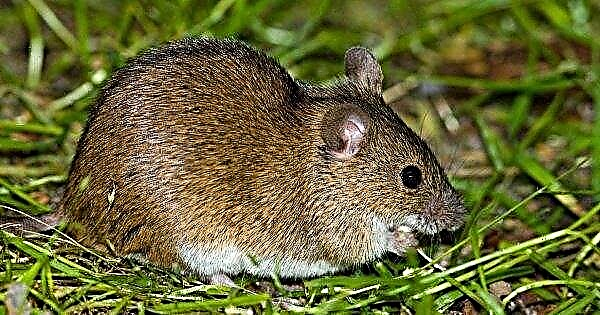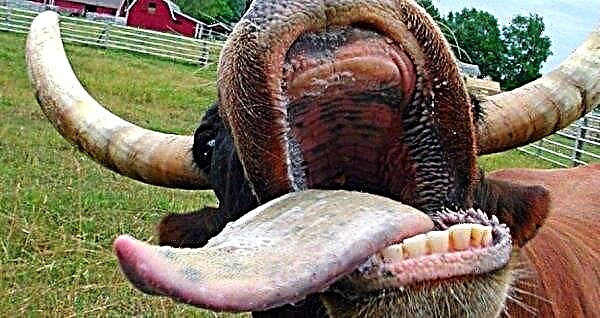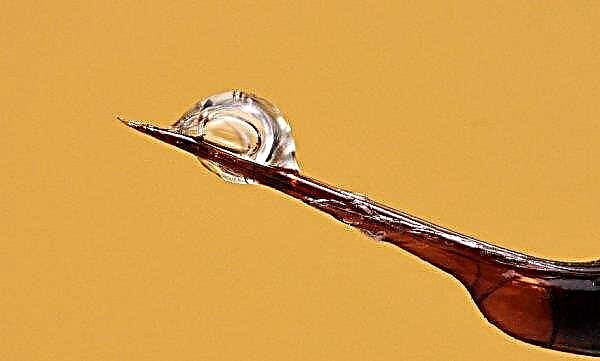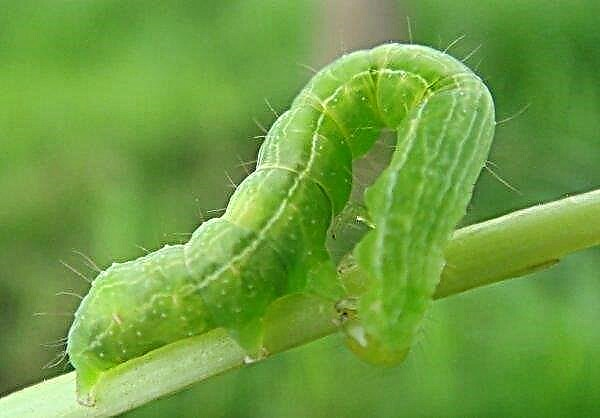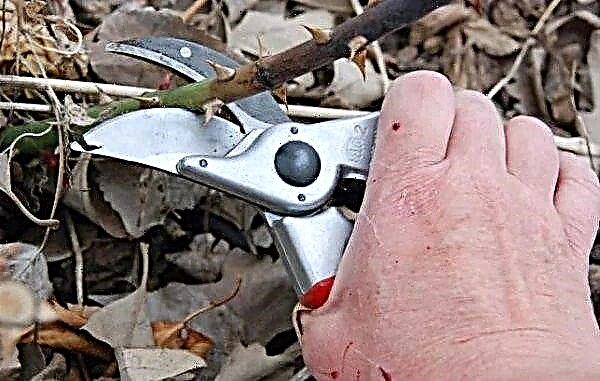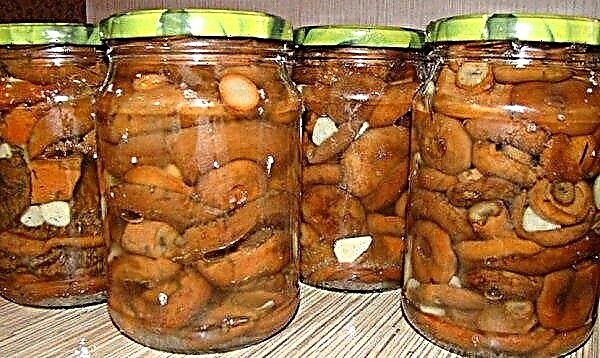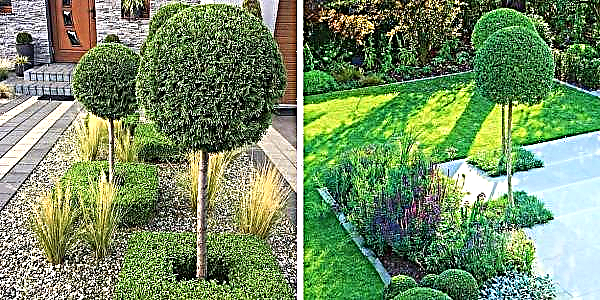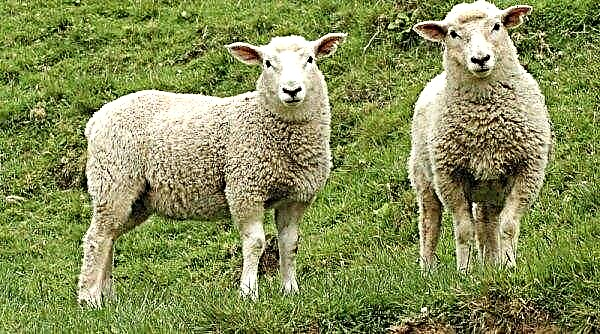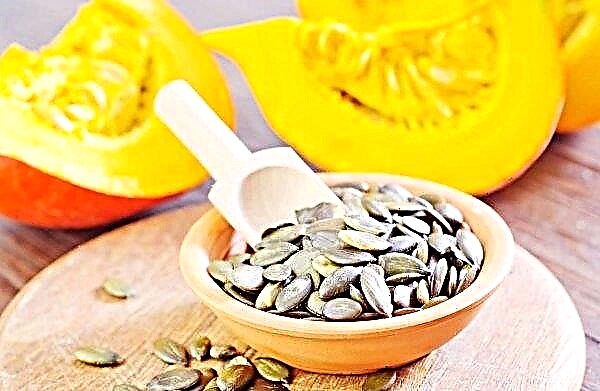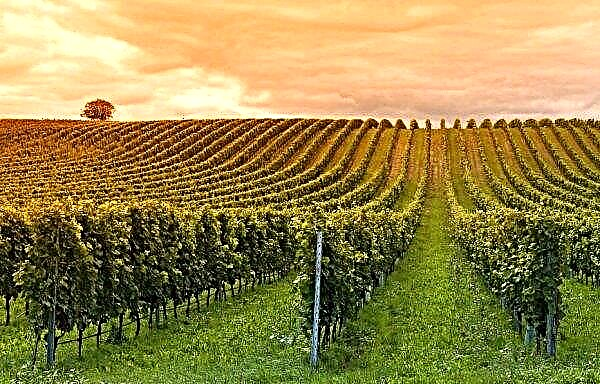When growing garden plants, compliance with crop rotation rules is of great importance. This is an indispensable condition for obtaining stably high yields, preventing the development of diseases and attacks of harmful insects. What plants are recommended and which should not be planted after harvesting sweet pepper, you will learn from this article.
Crop rotation features
Crop rotation refers to recommendations justified by scientists and practical farming on the alternation of garden crops in growing areas and according to time. They suggest that every year on the same bed it is necessary to change the cultivated culture.
In the next year, a plant should be planted on this site that is not part of the same family as the previous crop. Simply put, if in the current year the potato, a representative of the Paslyonov family, grew on the garden, then next year an unrelated crop should be planted at this place, for example, beets, carrots, onions. Solanaceous is worth cultivating in another area, for example, where legumes grew.Did you know? The inhabitants of the village of Ein Yahav (Arava Valley) cultivated sweet pepper weighing 0.5 kg: it was cultivated in a greenhouse and watered with salt water. Farmers who grew a giant vegetable, turned to the Guinness Book of Records with a request to register a world record.

Crop rotation rules are designed to:
- prevent the accumulation of harmful insects and pathogens. Thus, if for the next year after any culture a plant is planted that does not attract parasites, then after wintering they will have no source of nutrition, and they will not be able to multiply in mass;
- to lower settlement of the plot with weeds;
- prevent the accumulation of harmful substances in the soil. When cultivated for a long period on one plot of some plants, a significant decrease in yields is observed. This is due to their sensitivity to a high level of toxins in the soil, which they leave themselves or are applied with fertilizers, preventive treatments against diseases and harmful insects;
- reduce nutrient intake. Each garden culture, in order to develop and grow normally, requires certain micro and macro elements. For example, potatoes need 49.6 kg / ha of nitrogen, 99.2 kg / ha of phosphorus, 340.7 kg / ha of potassium, wheat 45.8 kg / ha of nitrogen, 21.6 kg / ha of phosphorus, 28.1 kg / ha potassium. As you can see, these 2 plants will deplete the soil in different ways. When cultivated for many years on the same bed of the same plant or a related crop, soil depletion will occur, and in the future it will not be able to fully provide the nutrition that the vegetation requires;
- eliminate negative effects on the soil, which appear due to the cultivation of certain crops.
Did you know? The record for the fastest eating hot pepper belongs to the 31-year-old American Wayne Algenyo: he managed to eat 22 burning fruits in a minute. After setting a record, a man had to drink about 10 liters of milk to calm the burning sensation in his mouth and throat.
The basic crop rotation rules are as follows:
- It is impossible to carry out annual cultivation in the same place of the same crop or plants belonging to it in the same family.
- It is not recommended to grow vegetables on one land for 2 consecutive years that are affected by the same pathogens and harmful insects.
- Plant cultivation on the same bed should be returned no sooner than after 3 years, but rather after 4–5 years.
- When alternating crops, you need to pay attention to the characteristics of plant nutrition and the elements required for them.
- After crops having a superficial root system (onions, cucumbers, peppers), plants with deep roots (beets, carrots) must be grown.
- According to a three-year crop rotation, first root crops (onions, carrots, potatoes, radishes, beets) are planted on the site, then fruit and bean garden plants (peppers, peas, corn, pumpkin, tomatoes), and after-deciduous (various types of cabbage, spinach).

Subject to the rules of crop rotation, it is possible to achieve the following results:
- increase crop yields and the quality of their fruits;
- increase soil fertility;
- to establish the rational use of nutrients from the earth;
- reduce soil contamination by pathogens, parasitic insects, weeds.
What crops can be planted after pepper next year
Bell pepper is cultivated in open and protected ground. Recommendations have been developed on what to plant after it to get good yields. Gardeners and summer residents need them in order to make a schedule for changing cultures for the future.
In the open ground
The considered representative of the Paslyonov family has a surface root system, which means that he takes nutrients from the upper layers of the soil. Therefore, after it is recommended to plant those plants whose roots reach an average and deep soil level.

Among them:
- carrot;
- radish;
- beet;
- radish.
Also, after pepper on the site, they feel good:
- bow;
- cucumbers
- greenery;
- beans;
- garlic;
- siderates;
- cereals;
- clover.
In no way pepper will affect the growth, development and yield of the following plants:
- cabbage;
- legumes;
- celery;
- carrot;
- turnip;
- salad;
- spinach;
- spices.
Important! Experienced summer residents are advised to draw up a written plan for planting a garden for next year and an approximate procedure for changing vegetable crops for the next 3-4 years.
In the greenhouse
Here's what you can grow after pepper in greenhouses:
- greenery;
- bow;
- radish;
- cabbage.
The neighbors in the greenhouse beds of the representative of the Paslenov family under consideration can be low-grade cucumbers, cabbage, carrots, beans, legumes, corn, onions, garlic, basil. These plants will not compete for nutrients and will not shade each other.
What can not be planted after pepper
After bell pepper, it is undesirable to plant all solanaceous, that is, potatoes, tomatoes, eggplant, pepper (Bulgarian and chilli), tobacco. All of them are attacked by parasites and ailments alone. Also, after pepper, pumpkin pumpkins develop poorly in the garden.

This is due to the fact that these cultures require the presence of the same micro and macro elements in the earth. Consequently, after pepper takes the maximum of the required substances from the earth, pumpkin crops will miss them. As a result, they will starve, and their productivity will suffer. In addition, pumpkins are susceptible to toxins left in the soil.
After which crops is it best to plant pepper
To successfully grow pepper in an open or protected ground, it should be planted on beds that were previously planted:
- cucumbers;
- cabbage;
- onions;
- garlic
- root crops;
- annual legumes;
- perennial herbs;
- siderates.
Important! Hot pepper must be planted at a significant distance from the sweet, so that when pollinated, the fruits of the latter do not begin to bitter.
Thus, in order to prevent infection by diseases, the spread of harmful insects, soil depletion and to achieve high yields when planting garden crops, one should adhere to a certain sequence in planting at the same place.
Pepper is a demanding plant, so after growing it on a site where soil is depleted, you should not plant vegetables. The only exceptions are those cultures that require other trace elements and for which such a predecessor does not have a positive or negative effect.

